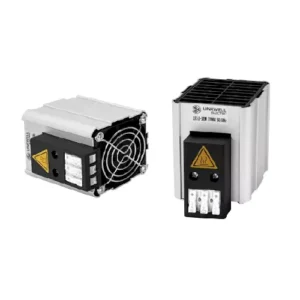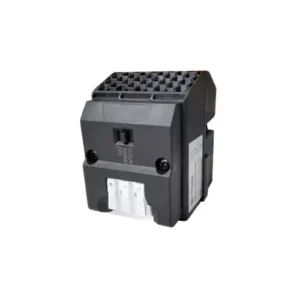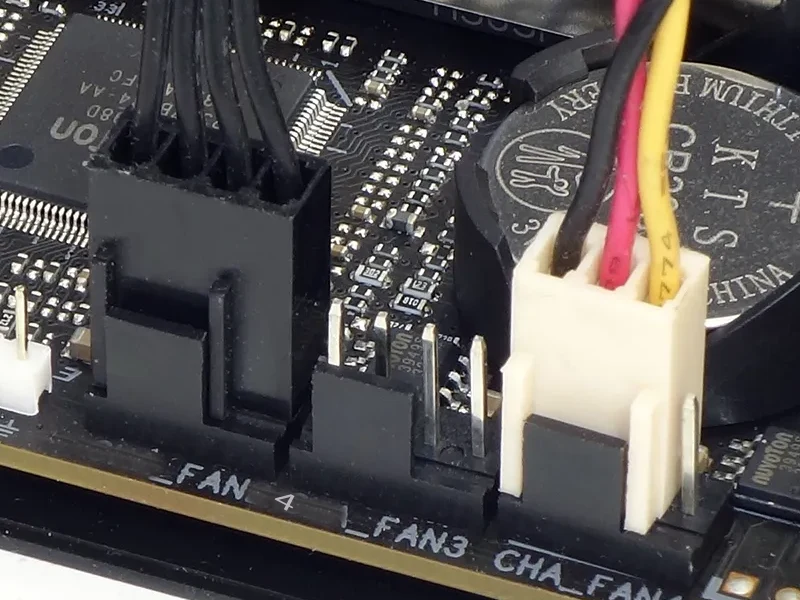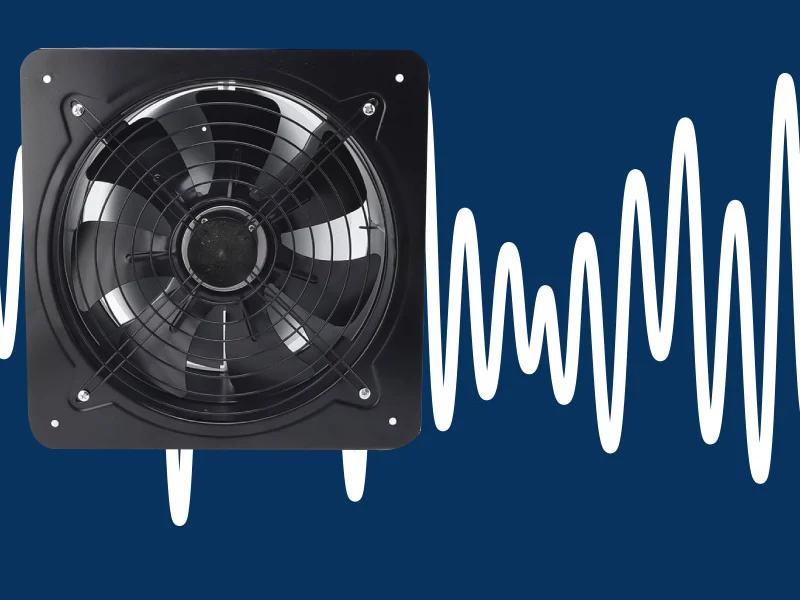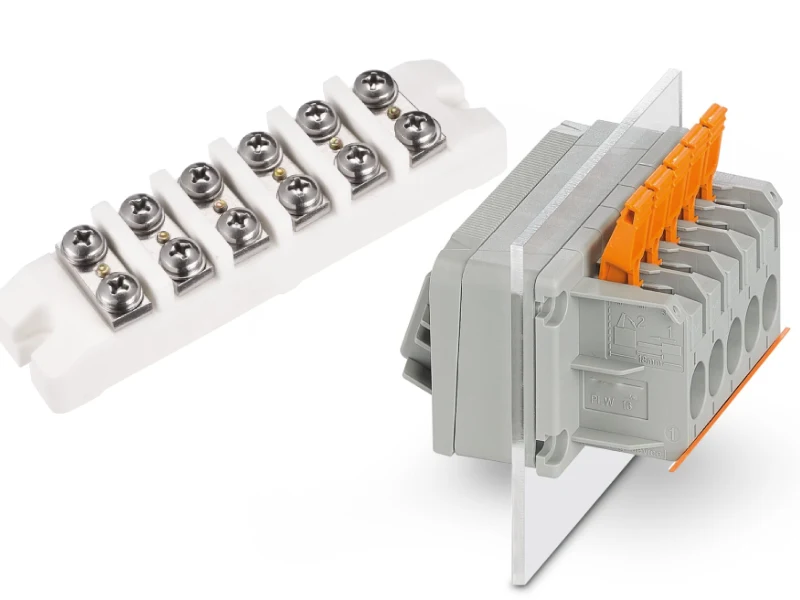When you run an EV charging station in winter, you face more than just cold air. You deal with condensation, ice, and the risk of equipment failure. Linkwell’s Enclosure Heater steps in as a smart Ev Charging Station Heater. It keeps your sensitive electronics dry and safe. PTC heaters work fast and last long. They even cut charging times in freezing weather—dropping from three hours to about an hour at -7°C. You get reliable charging, less downtime, and peace of mind.
Key Takeaways
- Linkwell Enclosure Heaters protect EV charging stations from cold weather challenges like ice and condensation, ensuring reliable operation.
- PTC heating technology self-regulates to prevent overheating, making it safer and more energy-efficient than traditional heaters.
- Regular maintenance and inspections of charging stations are crucial to avoid breakdowns and ensure safety during winter months.
- Installing a heater can significantly reduce charging times in cold weather, improving the overall efficiency of EV charging stations.
- Choosing the right heater with proper certifications and features can enhance the durability and performance of your EV charging setup.
Recommended products
Cold Weather Challenges
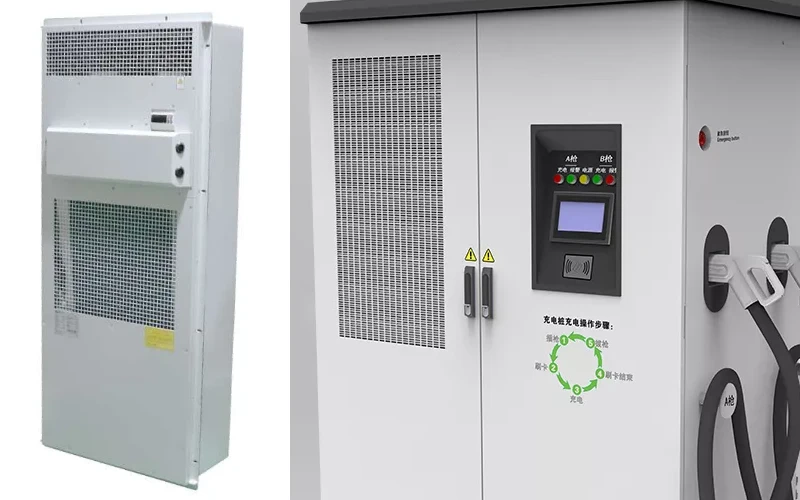
Dew and Ice Risks
When you operate charging stations in cold weather, you face more than just low temperatures. Dew and ice can sneak into every gap and surface. If you have high humidity, you might see corrosion or even damage to your charging stations. Take a look at what happens inside:
| Effect | Description |
|---|---|
| Humidity Impact | High humidity levels (up to 85% RH) can lead to corrosion and degradation of electrical components. |
| Temperature Cycling | Extreme temperature variations (-40°C to 50°C) stress internal component bonding and integration. |
| Condensation and Freezing | Cyclic condensation simulates dew formation, and freezing can cause stress at system gaps and on component surfaces, exacerbating potential damage. |
You might notice that condensation forms when the weather changes quickly. This moisture can freeze, causing cracks or stress on your equipment. Over time, these small issues can turn into big problems for your charging stations.
Impact on EV Charging Performance
Cold weather slows everything down. You may have seen news stories about drivers waiting for hours at charging stations during a winter storm. Some EVs even lose up to 40% of their driving range in cold weather. Here’s what industry reports say:
Cold temperatures impact the electrochemical reactions within the cell, and onboard battery management systems limit the charging rate to avoid damage to the battery. Charging times increased significantly when the weather got cold. For instance, at 32 degrees, the battery’s state of charge was 36 percent less after the same amount of time compared to charging at 77 degrees.
Check out this table for more details:
| Temperature Range (°C) | Energy Consumption Increase (%) | Driving Range Decrease (%) |
|---|---|---|
| -4 to -10 | 67.3 | 28 |
| -15 | 35.4 | N/A |
You can see how cold weather makes charging stations less efficient. The battery takes longer to charge, and you get less range. That means more time spent at charging stations and less time on the road.
Safety and Maintenance Issues
Cold weather brings extra safety risks. Ice can build up on charging stations, making connectors and cables brittle. You need to check for loose wires, as cold weather can cause them to contract and expand. Regular inspections help you spot wear and tear before it leads to a breakdown.
- Ice accumulation can physically damage charging stations, including connectors and cables.
- Cold weather can increase electrical resistance, leading to potential wear on connections.
- Regular maintenance helps ensure proper contact and addresses issues promptly.
- Ground fault interrupters (GFIs) should be checked regularly to prevent electrocution risks.
If you skip these steps, you risk equipment failure or even safety hazards. Cold weather does not just slow down charging stations—it can stop them altogether if you do not stay ahead of the problems.
EV Charging Station Heater Solutions

Linkwell Enclosure Heater Features
When you want your EV charging station heater to stand up to harsh winters, you need something tough and reliable. Linkwell’s Enclosure Heater gives you that edge. You get a heater built for tough jobs, with certifications like UL, CE, and RoHS. Some models even meet ATEX and IEC/EN 60079 standards, so you can use them in hazardous locations without worry.
You can count on these features:
- Customizable options, including adjustable temperature ranges and color-coded dials.
- Private label branding if you want your own logo.
- Durable, high-impact plastic and vented designs to prevent overheating.
- Designed for harsh environments like wind farms, photovoltaic energy, and EV charging stations.
- Anti-condensation heaters and climate control solutions for safe, reliable operation.
You do not have to worry about dust or water. The IP65 full-seal design keeps your station protected, even in the worst weather. The built-in thermostat gives you stable temperature control, so your sensitive electronics stay safe and dry.
Tip: If you want to keep your charging station running smoothly all winter, choose a heater with a precise thermostat and a strong seal.
Here’s a quick look at the certifications you get with Linkwell’s enclosure heater:
| Certification/Standard | Description |
|---|---|
| CE | Complies with EU safety standards |
| UL | Meets safety and performance standards |
| RoHS | Ensures environmental safety |
PTC Technology Benefits
You might wonder what makes a PTC heater different from a regular heater. PTC stands for Positive Temperature Coefficient. This technology changes the way you heat your EV charging station. PTC heaters use special ceramic stones that self-regulate. When the temperature rises, the heater automatically reduces its power. You never have to worry about overheating.
Let’s compare PTC heating technology to traditional resistive heating:
| Feature | PTC Heating Technology | Traditional Resistive Heating |
|---|---|---|
| Energy Efficiency | Self-regulating, high reliability and efficiency | Fixed-resistance, less efficient |
| Safety | Eliminates risk of overheating | Risk of overheating due to single-point sensor |
| Design | Uses conductive inks on flexible substrates | Uses coils and wires for heat generation |
With a PTC heater, you get:
- Self-regulation, so the heater never gets too hot.
- Lower energy bills, since it only uses power when needed.
- No hot spots, which means safer operation for your station.
- No need for extra feedback controls, making installation easier.
PTC heaters also help prevent condensation and icing. They keep the inside of your enclosure just warm enough to stop moisture from forming. This keeps your electronics safe and your charging performance steady, even when the temperature drops.
Note: PTC heaters are used in control cabinets, telecom base-stations, and outdoor kiosks to prevent condensation and keep sensitive components working right.
Installation and Integration
You want your EV charging station heater to be easy to install and maintain. Linkwell makes it simple. You can mount the heater on a DIN rail or with screws, depending on your setup. Wiring is straightforward, with clear terminal blocks or pre-wired cables.
Here’s what you should keep in mind for the best results:
- Keep the temperature inside your station around 15–20 °C during winter.
- Use a heater with at least 50 W per cubic meter of volume.
- Set the thermostat cutoff at about 5 °C to avoid unnecessary cycling.
You can choose from different power ratings, from 10W up to 500W, so you get the right amount of heat for your station. The aluminum housing resists corrosion, and the IP65 seal keeps out dust and water. You can even add a digital thermostat for smart control.
If you want to protect your investment and keep your charging station running all season, a Linkwell enclosure heater with PTC technology is the smart choice. You get reliable heat, easy installation, and peace of mind.
Enhancing EV Charging Experience
Reliable EV Charger Operation
You want your ev charging station to work every time you plug in. Cold weather can make this tough, but Linkwell Enclosure Heaters help you keep your charging equipment running smoothly. When you install these heaters, you see fewer breakdowns and less downtime. Operators in northern cities have reported high uptime rates for their ev charging stations, even during the coldest months. You get consistent charging, so you spend less time waiting and more time driving.
- Your charging station stays ready, no matter how cold it gets.
- Heaters prevent battery freezing, so your ev charging system works when you need it.
- You avoid cold-related failures that can stop charging sessions.
Tip: If you want to keep your ev charging station reliable, make sure you use a heater that maintains a steady temperature inside the enclosure.
User Safety and Comfort
Safety matters when you use an ev charging station. Icy connectors and wet surfaces can cause problems. Linkwell Enclosure Heaters keep the inside of your charging station dry and warm. You do not have to worry about moisture or ice buildup. This means you can handle charging cables and connectors without slipping or getting shocked.
- Heaters reduce humidity buildup, so you avoid moisture that can damage your charging equipment.
- You get a safer charging experience, even in freezing rain or snow.
- Your charging station stays comfortable to use, no matter the weather.
Here’s a table showing practical benefits operators have seen after adding Linkwell Enclosure Heaters to their ev charging stations:
| Benefit | Description |
|---|---|
| Prevent battery freezing | Batteries stay operational in cold weather |
| Reduce humidity buildup | Less moisture means better battery performance |
| Maintain operational temperature | Keeps charging station within optimal temperature range |
| Zero cold-related failures | No breakdowns reported during winter |
Battery Health in Cold Weather
Your battery charging sessions depend on temperature. If it gets too cold or too hot, your battery can lose efficiency and lifespan. Linkwell Enclosure Heaters help you keep the temperature just right during charging. When you maintain a stable environment, you protect your battery from damage.
- Temperature affects battery life. Both high and low temperatures can hurt performance.
- Real-world temperatures change every hour, so you need a solution that adapts.
- Prolonged exposure to high temperatures can break down battery chemistry, but cold can slow charging and reduce range.
You get better battery charging results when your ev charging station uses a heater. Your battery charges faster, lasts longer, and stays healthy. Fleet managers have noticed improved charging efficiency and reduced charging times after adding heaters for battery pre-conditioning.
Note: If you want your battery charging sessions to be safe and efficient, keep your ev charging station at the right temperature with a reliable heater.
Practical Tips for Operators
Installation Best Practices
You want your ev charger to work every time, especially when the weather turns cold. Start by choosing unit heaters for your charging station. These heaters give you a steady source of warmth and help keep your charger at the right temperature. If you have a garage, install your charger in a conditioned space. This keeps the area warm and boosts charging efficiency. Pick low-profile designs for your enclosure heater. You save space and make installation easier.
Here’s a quick checklist for installing your ev charger heater:
- Use unit heaters for permanent temperature control.
- Install in a conditioned space if possible.
- Choose low-profile designs to maximize space.
- Mount the heater securely to avoid movement.
- Follow manufacturer guidelines for wiring and setup.
Tip: Always use certified devices and have a qualified electrician handle installation. This helps prevent overheated chargers and keeps your system safe.
Maintenance Guidelines
Regular maintenance keeps your charger running smoothly and helps you avoid problems caused by lack of maintenance. You should check the temperature inside your enclosure often. Make sure it stays within the recommended range. Clean charging connectors and cables to prevent dirt buildup. Keep the enclosure free of dust and debris. Protect your heater from extreme weather by using a shelter or weatherproof cover.
Here’s a simple maintenance routine for your ev charger:
- Inspect charging cables for cracks or fraying.
- Clean connectors and cables regularly.
- Check and secure all connections.
- Perform visual inspections for wear or damage.
- Use weatherproof enclosures to shield your charger.
- Schedule professional inspections before winter.
Note: Good maintenance helps with prevention of issues like overheated chargers and keeps your ev charger reliable.
Winter Preparation for EV Charging
Winter brings extra challenges for your ev charger. Take preventative measures before the cold hits. If your charger sits in a garage, consider heating the space. For outdoor chargers, cover them to stop ice from building up. Make sure your charging unit has a durable aluminum casing and industrial-grade cable. Clear snow and ice around your charger to prevent slips and keep access easy.
Here’s a table to help you get ready for winter:
| Step | Why It Matters |
|---|---|
| Heat your garage | Keeps charger at optimal temperature |
| Cover outdoor chargers | Prevents ice accumulation |
| Use durable casing/cables | Withstands harsh outdoor conditions |
| Clear snow and ice | Ensures safe and easy access |
Tip: Run a test charge in cold weather to spot any issues early. Schedule a professional inspection to make sure your ev charger is winter-ready.
When you want to keep your electric charging station reliable in cold weather, Linkwell Enclosure Heaters and PTC technology make a real difference. You avoid range anxiety and keep heating your car efficient. Here are a few things to look for when choosing electric heating solutions:
- Make sure your electric station can handle temperature extremes.
- Focus on safety and effective heat dissipation.
- Pick systems that protect against condensation and icing.
| Key Consideration | Description |
|---|---|
| Environmental Durability | Stations must resist extreme cold, humidity, and precipitation. |
| Colder Climates | Built-in heating keeps displays and connectors working. |
Stay ahead of winter. Explore Linkwell’s support for your next charging project.
FAQ
How do enclosure heaters help my EV charging station in winter?
You keep your ev charging station running smoothly when you use enclosure heaters. These heaters stop condensation and ice from forming. Your ev equipment stays dry and safe. You avoid downtime and keep your ev users happy, even when extreme temperatures hit.
Can I use Linkwell Enclosure Heaters for any electric vehicle charging station?
Yes, you can use Linkwell Enclosure Heaters in almost any ev charging station. They work with different types of vehicle charging setups. You get reliable protection for your ev equipment, no matter the size or location of your station.
Will a heater protect my EV charging station from high temperature or just cold?
You get protection from both high temperature and cold. The heater’s thermostat keeps your ev charging station at the right temperature. Your vehicle charging equipment stays safe from extreme temperatures, so you avoid overheating or freezing issues.
How do I know what size heater my EV charging station needs?
You pick the right heater by checking your ev charging station’s size and environment. For most vehicle charging enclosures, you need about 50W per cubic meter. If your area faces extreme temperatures, you might need a higher wattage to keep your ev equipment safe.


